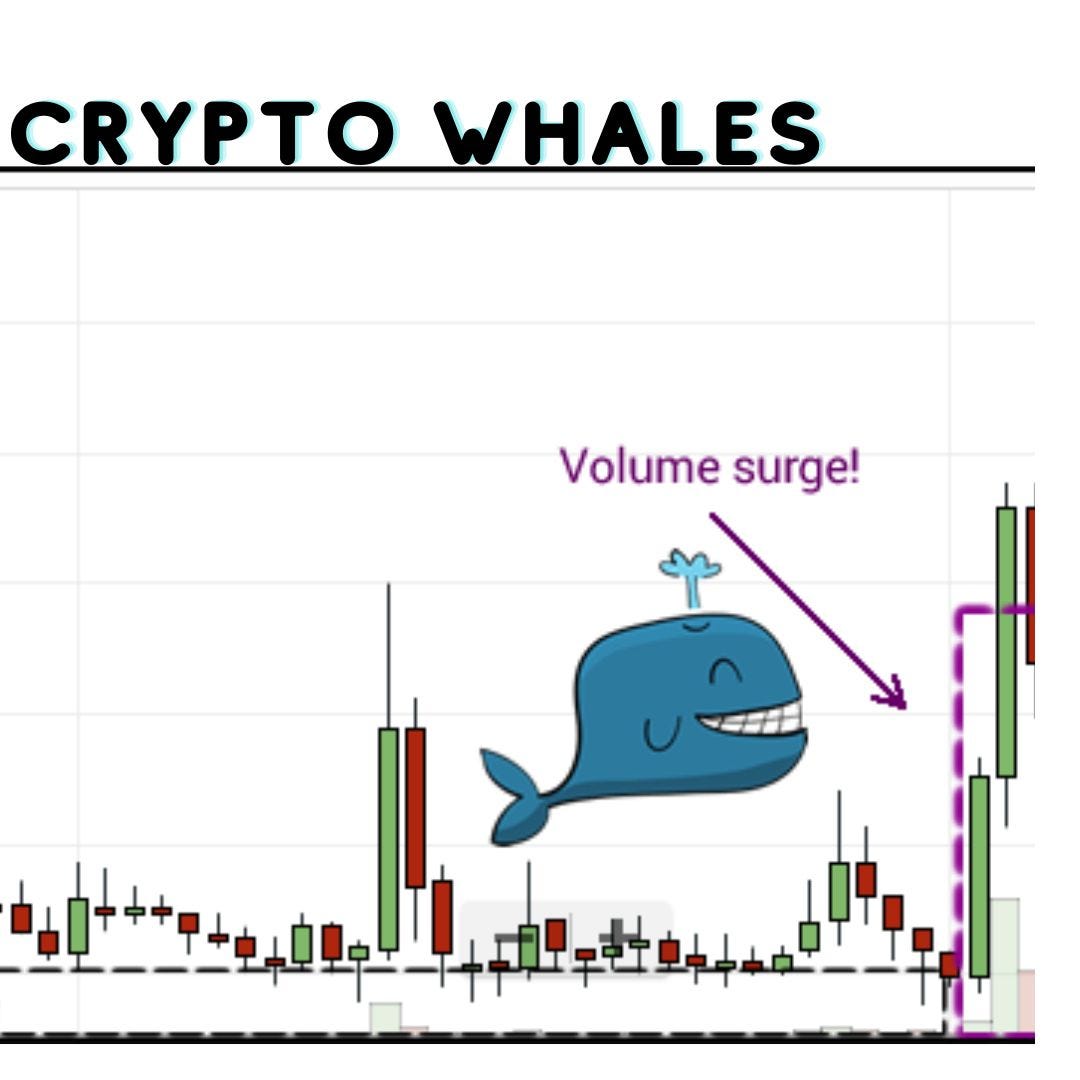The Impact Of Crypto Whales On Market Liquidity
In the depths of the cryptocurrency ocean, there exist gigantic forces that shape the tides of market liquidity. These colossal influences are known as crypto whales, high-net-worth individuals who hold massive amounts of digital assets. With their enormous wealth and market-moving clout, these whales have a profound impact on the liquidity of cryptocurrency markets.

- Shaping The Future Of Crypto: A Step-by-Step Guide To Participating In Governance Proposals
- Unlocking The Power Of Passive Income: A Beginner’s Guide To DeFi Lending
- The Unsung Heroes Of Global Finance: How Remittances Can Thrive With Crypto Adoption
- Revealing The Power Of Anonymity Enhancing Blockchain Privacy With Zero Knowledge Proofs
- Embracing The Future Of Online Transactions: Why Your E-Commerce Platform Needs Crypto Payment Gateways
A single crypto whale can hold anywhere from hundreds of millions to billions of dollars’ worth of cryptocurrency. When they decide to buy or sell, their transactions can sway the market in a significant way. This sway is not just a result of the sheer size of their trades but also the ripple effect it has on investor sentiment and confidence. For instance, when a whale decides to sell a large portion of their holdings, it can create a wave of panic selling among smaller investors, leading to a drop in the market price.
One of the most significant effects of crypto whales on market liquidity is the way they can create sudden and drastic price movements. These sudden movements can be detrimental to smaller investors who may not have the luxury of holding onto their assets for an extended period. Moreover, the volatility caused by whales can also deter institutional investors who are risk-averse and prefer stable markets.
Despite the potential drawbacks, crypto whales also play a crucial role in maintaining market liquidity. Their enormous wealth and influence allow them to provide a certain level of stability to the market. When smaller investors are hesitant to buy or sell, whales can step in and provide the necessary liquidity to keep the market afloat. This can be particularly beneficial during times of high market stress when smaller investors may be panicking.
Another significant impact of crypto whales on market liquidity is the way they can manipulate the market to their advantage. A group of whales, or a single particularly powerful whale, can collude to manipulate the market by spreading false information or creating fake sell walls. This can lead to a significant drop in the market price, allowing the whales to buy up assets at a discount.
However, not all crypto whales are manipulative, and many use their influence to support the market. Some whales take on a more altruistic role, using their wealth and influence to promote and support emerging projects. By doing so, they can help create a more stable and sustainable market ecosystem.
The rise of decentralized finance (DeFi) has also given crypto whales new opportunities to shape market liquidity. Many whales have taken to lending and borrowing assets on DeFi platforms, which can provide a new source of liquidity to the market. However, this also raises concerns about the concentration of power in the hands of a few influential investors.
As cryptocurrency markets continue to evolve, the role of crypto whales will likely adapt as well. Regulators and market participants will need to work together to mitigate the negative effects of whales while also promoting a healthy and stable market. This may involve implementing regulations that prevent market manipulation while also encouraging whales to use their influence to promote positive change.
Ultimately, crypto whales are a double-edged sword. While they can create volatility and manipulate the market to their advantage, they also play a crucial role in maintaining market liquidity and promoting stability. By understanding the impact of whales on market liquidity, we can work towards creating a more transparent and sustainable cryptocurrency ecosystem.
The actions of crypto whales serve as a reminder that, despite the decentralized nature of cryptocurrency markets, there are still powerful forces at play. As this space continues to grow and mature, it will be crucial to develop strategies that address the challenges posed by whales while also harnessing their influence to promote a more robust and resilient market.
Crypto whales are not just influential investors; they are also market players who have the potential to shape the future of the industry. As such, it’s essential that we continue to monitor their activities and work towards creating a market that is inclusive, transparent, and resistant to manipulation.
